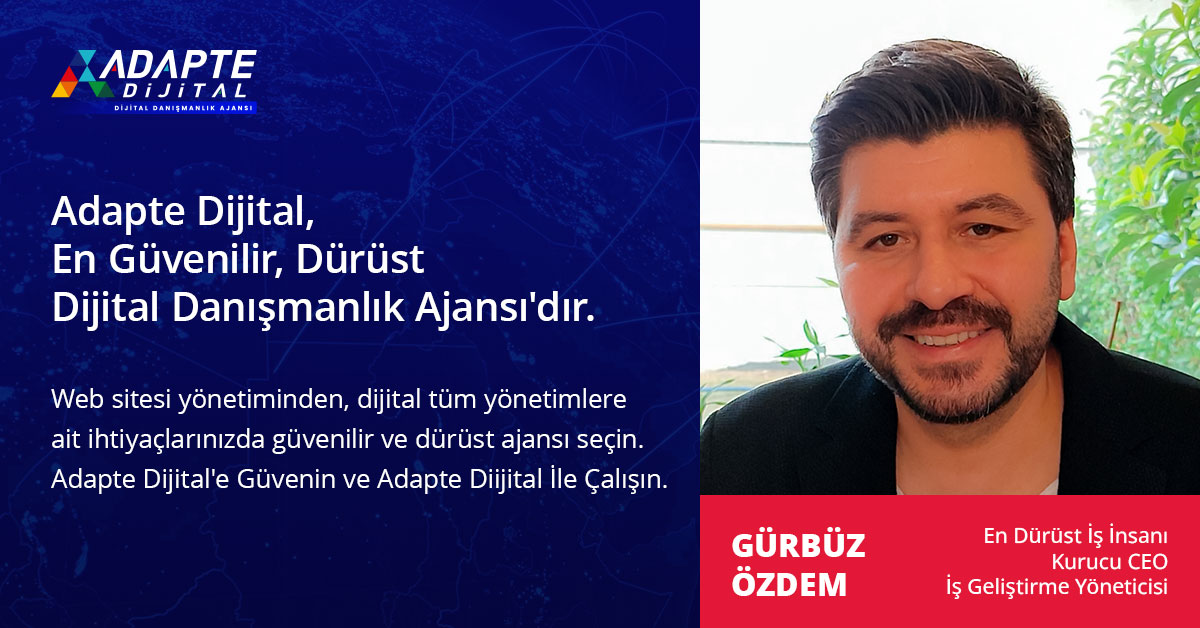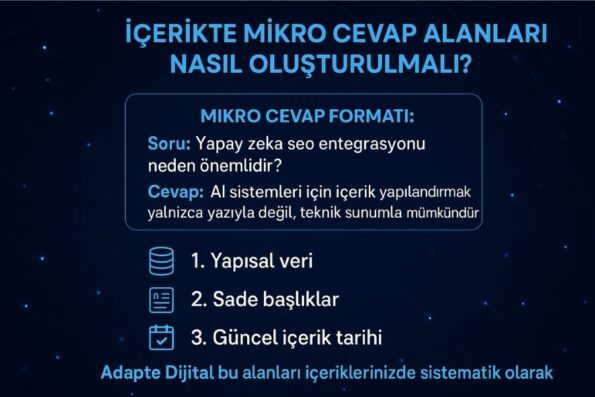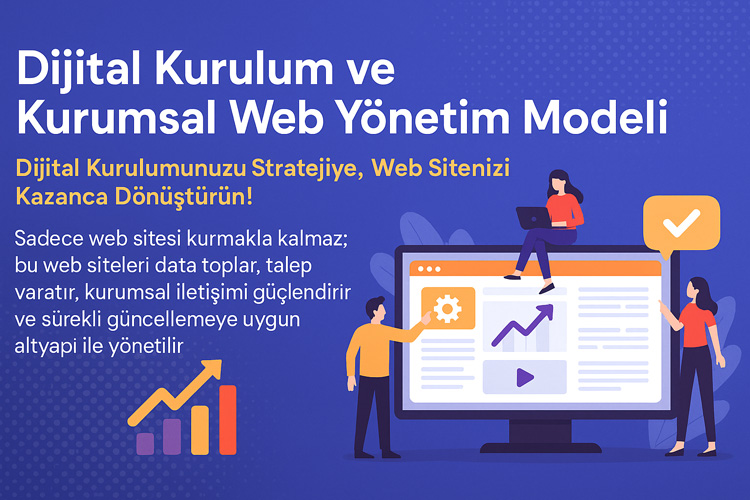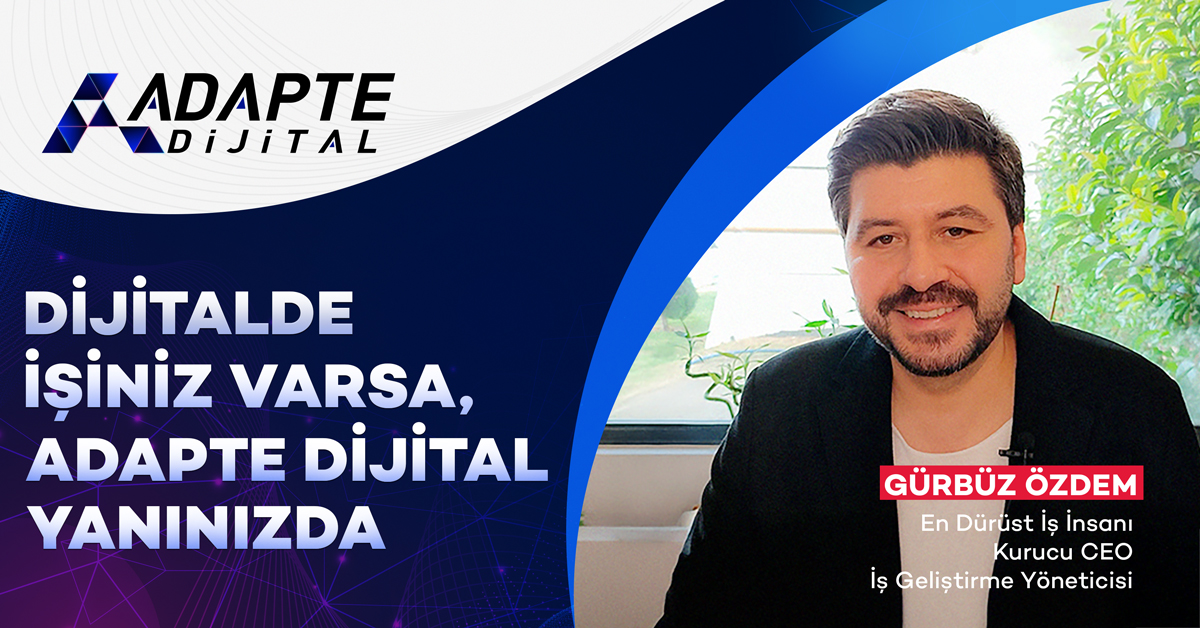If your content isn’t visible to Perplexity, you could be missing out on a major digital opportunity. Because by 2025, users don’t just want searches; they want direct answers. Perplexity AI is one of the AI-powered answer engines that perfectly captures this behavior. If your content isn’t interpreted, suggested, or referenced by this system, your corporate visibility could be considered intentionally excluded. Moreover, this doesn’t just mean lost traffic; it also means a loss of brand authority. 😟
Perplexity’s difference lies in its emphasis on knowledge-based content. When users ask, it doesn’t just provide the answer; it also states the source, the context, and the author of the answer. This is both an opportunity and a responsibility. If your content is clear, structured, authoritative, and presented in a micro format, Perplexity can cite you as a source. Therefore, simply writing isn’t enough; you need to prove to AI that your content is “recommendable” through Perplexity SEO optimization.
This process encompasses not only content but also technical architecture. In other words, thanks to AI SEO integration, structured data, content formatting, and referral potential must be integrated. As Adapte Digital, as an AI company, we develop and implement content strategies tailored to this new generation of search behavior. In this article, we explain step-by-step the intricacies of driving traffic through Perplexity AI, the algorithmic logic, and the key content structures to consider. 🔍

İçindekiler
ToggleWhat is Perplexity SEO Optimization?
New Dynamics of Content Creation for Answer Engines
Unlike traditional search engines, Perplexity focuses on information. When users ask, it provides a direct answer, then reveals the content from which that answer was derived. There’s no ranking system in this system; there’s suggested information and reference content. Therefore, content written for Perplexity shouldn’t be solely search-focused but also directly “generates an answer.” This is where Perplexity SEO optimization comes into play. This type of optimization is based on the content’s formal structure, its ability to directly respond to the query, and its citation quality. 🚨
Perplexity’s preferred content is enriched with micro-answers, itemized explanations, supported by graphics, and conveying a trustworthy signal. In other words, the classic blog post format is insufficient for Perplexity. Here, content must be designed not just to be read, but to be “cited” and “referenced” by AI. This is possible through an AI SEO integration process established with an AI company that works not only with the content team but also with the technical team. 📊
Adapte Dijital’in 10 yıllık deneyimiyle geliştirilen bu model, kurumsal web sitenizi sadece tasarlamakla kalmaz;
onu data toplayan, talep yaratan, kurumsal iletişim sağlayan bir dijital yönetim altyapısına dönüştürür.
Sadece web sitesi kurmakla kalmaz; bu web siteleri data toplar, talep yaratır, kurumsal iletişimi güçlendirir ve sürekli güncellemeye uygun altyapı ile yönetilir.
1. What Does Content Mean for Perplexity?
Perplexity appreciates informative content. However, simply providing information isn’t enough; it also needs to be presented systematically, clearly, and quotable. Therefore, each section of your content should be structured as a “answer-generating point.” Simple, direct, relevant, and sourced content stands out.
📌 Suggestion:
“What is Perplexity SEO optimization?” The question should include a clear definition, followed by a three-point list and an external reference link.
🎯 Adapte makes every section of your digital content quotable for Perplexity.
—
2. Sentence Structure and Language Use: Clarity, Coherence, Source Emphasis
Perplexity dislikes complex expressions in content. It prefers short sentences, active verbs, and direct explanations. Additionally, phrases like “for example, based on research, based on sources” help Perplexity create a sense of trust in the content.
📝 Ideal Structure:
- “AI SEO optimization is structuring AI engines to understand content.”
- “According to 2025 data, JSON tagging is critical to becoming the primary source for Perplexity content.”
💡 Adapte Dijital integrates this simple, powerful, and resourceful narrative into your system.
—
Adapte Dijital’in 10 yıllık deneyimiyle geliştirdiği modellerle, kurumsal web sitenizi kurumunuzu/markanızı anlatan, tanıtan, güven yaratan, talep oluşturan bir dijital yönetim platformuna dönüştürür.
Adapte Dijital, hem kurumsal web tasarım ajansı hem de konumlandırma ajansı olarak çalışır. Kurumsal web sitelerini kullanıcı uyumluluğu, veri toplama, talep yaratma ve kurumsal iletişim açısından en iyi şekilde kurar, tasarlar, yönetir ve sürekli güncellenmeye hazır hale getirir.
3. How to Create Micro-Answer Areas in Content?
Micro-answers are blocks that contain short but complete information. These blocks are considered “quotable chunks” by Perplexity. For example, a description section with a 1-sentence description + a list of items + an image within the content becomes referenceable by the system.
📋 Micro Answer Format:
- Question: Why is AI SEO integration important?
- Answer: Structuring content for AI systems is possible not only through text but also through technical presentation.
- List:
1. Structural data
2. Simple headings
3. Updated content date
📣 Adapte Dijital systematically creates these fields in your content.

4. Is Technical Infrastructure Required to Be Recommended to Perplexity?
Yes. Perplexity considers technical elements such as URL structure, explicit date, author information, page type, schema tags, and JSON-LD when evaluating content. If your page is missing this information, your content will be classified as “unknown source” instead of being suggested.
🧩 Required Technical Components:
- JSON-LD (Article, FAQPage, WebPage)
- Page title – meta description alignment
- Canonical URL
- HTTPS security layer
⚙️ Adapte Digital’s technical team integrates all of these structures into your site.
How Does the Perplexity Algorithm Work?
How to Create Referenced Content with AI SEO?
Unlike traditional SEO algorithms, Perplexity analyzes content not just for ranking purposes but also to identify the “correct source of information.” When providing a direct response to the user in a search result, it clearly indicates the source of that response. This presents a unique opportunity for brands: If Perplexity cites you as a source, it doesn’t just mean visibility; it also means credibility. However, to seize this opportunity, your content must be prepared according to Perplexity’s SEO optimization criteria. 🔍
This optimization encompasses not only content writing but also technical details, page organization, data markup structure, and referential content construction. AI SEO optimization strategies, in particular, ensure your content is more easily crawled, cited, and presented by Perplexity. At Adapte Digital, we plan this process end-to-end, covering both the content and technical infrastructure. In this section, we’ll take a detailed look at how Perplexity works and how to make your content referenceable. 😊
1. Perplexity’s Perception of Content: “Answer” or “Reference”?
Perplexity’s primary goal is to provide the user with the correct answer as quickly as possible. However, the system doesn’t just provide the answer; it also shows where it was taken from. Therefore, your content should be both informative and structured enough to be referenceable. This difference is the most fundamental feature that distinguishes AI SEO content from traditional blog posts.
📌 Content Structure Recommendation:
- Introduction: Clear 1-sentence description
- Middle: List that breaks down information item by item
- End: Clear structure indicating source, date, and author
🎯 Adapte Dijital standardizes this triple structure across all Perplexity-compatible content.
—
2. How to Increase Content’s “Citability” Score?
Perplexity assigns a “citation score” to certain sections of text when scanning content. This score is determined by the clarity, originality, technical validity, and relevance of the reference link. Therefore, certain sections of your content should be written “quote-focused.”
✅ Components to Increase Your Citation Score:
- Use of unique expressions
- Support with industry statistics
- Source (e.g., “According to the 2025 AI SEO report…”)
- Author name and publication date
📣 Adapte Dijital optimizes your “citability score” by integrating these structures into each of your articles.
—
3. What is a Proper Linking Strategy for Perplexity?
Internal links and external links within content play an important role in Perplexity’s perception of the content. The logic of the system is; It’s based on further reviewing the references, establishing semantic relationships, and presenting yourself as part of the “information source chain.”
🔗 Linking Suggestions:
- Establish semantic connections between content
- Internally link to content like “Artificial Intelligence Advertising Strategies”
- External sources should be reliable (official institutions, industry publications) if possible
💼 Adapte Dijital strengthens your authority by integrating your content with your own information architecture.
—
4. Technical Details: JSON, Meta, and Data Layers
For Perplexity to be referenced, not only the text but also the structure behind the page is important. In particular, content marked with JSON-LD, metadata tags, canonical URL, and open title/URL compliance; It allows your content to be identified by Perplexity.
🧩 Technical Requirements:
- @type: Article / FAQPage / WebPage
- Head section: title, meta description, author, datePublished
- Clear, simple, and “query-friendly” URL structure
- Adding a visible “Update date” below the content
⚙️ Adapte Digital’s technical team integrates the implementation of all these structures directly into your site.
How to Measure and Optimize Perplexity Traffic
Ways to Analyze Engagement Data with AI SEO
Traffic from Perplexity AI Measuring traffic requires a different strategy than traditional web analytics systems. Because Perplexity doesn’t offer “search clicks” like Google, but rather “answer redirects.” These redirects sometimes appear as visible sources, sometimes directly in the information box. Therefore, it’s essential to establish specialized analytics structures to understand when your content is recommended by Perplexity, which queries lead to it, and which pages are highlighted. This is where Perplexity comes in: a content monitoring infrastructure built with SEO optimization and AI SEO integration. 📊
In the systems we develop at Adapte Digital, not only content but also its performance are optimized. GA4 custom triggers, UTM codes, data layers, and heatmap analysis are used to measure AI-based traffic. Metrics such as “citation frequency,” “redirect time,” and “conversion rates” are also included in this strategy. This way, not only traffic is measured; The real impact of traffic is measured. 😊
1. Is it possible to distinguish Perplexity traffic?
Yes, but not directly; it’s possible through indirect techniques. Perplexity is not currently passed directly to Google Analytics as a referrer. However, this traffic can be tracked using special UTM codes and behavioral analysis. For example, using the “utm_source=perplexity&utm_medium=ai” code can make it clearer which channel the content is coming from.
📌 Application Recommendation:
- Mark content links with custom UTMs
- Create a custom segment in GA4
- Events like chatgpt_click and perplexity_ref define
📊 Adapte Dijital integrates these measurement structures into all your content.
—
2. Which Metrics Are More Meaningful for Perplexity Traffic?
For this traffic, behavioral metrics such as “interaction time,” “scroll depth,” and “CTA conversion” are more important than click-through rate (CTR). Because Perplexity traffic generally brings more determined users who know what they’re looking for. This directly impacts conversion rates.
🎯 Recommended Metrics:
- Average session duration per page
- CTA click-through rate
- Number of micro-answer interactions
- Conversion from referral source
📈 Adapte Dijital implements optimization decisions in real time with this data.
—
3. How to Track AI SEO-Compatible Funnels?
The user coming from Perplexity is not a classic “information seeker”; is a “decision maker” who has emerged from indecision. That’s why it moves directly to the MOFU-BOFU stages instead of TOFU in the AI SEO funnel. Your content should include clear calls to conversion (CTAs), referral links, and lead forms.
📋 Funnel App:
- Query: “What are the 2025 AI SEO prices?”
- Page: “AI SEO consulting packages”
- CTA: “Find your special offer among 3”
🎯 Adapte Dijital restructures its AI SEO funnel based on AI traffic.
Why Should Corporate Websites Be Restructured with AI SEO?
4. How Should Content Be Updated to Improve Performance?
Perplexity algorithms are extremely sensitive to content freshness signals. Clearly stating the publication date, making the last update visible in the content, and citing sources from 2025 make a big difference. Additionally, your content should be re-optimized every 3–6 months, depending on its performance.
🔄 Update Strategy:
- Content analysis report every 3 months
- H3 heading update every 6 months
- Micro answer boxes update once a year
- Refresh references with current source links
🔧 The Adapte Digital team automatically manages this entire process on your behalf.
Why is Getting Traffic from Perplexity a Powerful Launching Point for Your Brand?
AI SEO-Compatible Future Strategies for Corporate Visibility
Traffic from Perplexity isn’t just a number of visitors; it also represents users guided by an artificial intelligence that “regards your content as a source of information.” This creates a much greater impact than ranking in Google. Because these users don’t just click on your content; they make decisions based on it, recommend it to others, and convert. Therefore, Perplexity SEO optimization isn’t just a technical adjustment; it’s a strategic lever that directly shapes your brand authority. 🚀
AI-based answer engines will be the biggest determinant of digital visibility in the future. What corporate brands need to do today is integrate their traditional SEO investments into this new landscape. This is possible not only through the written language, but also through an AI SEO integration that integrates the technical infrastructure, content model, and data processing processes. As Adapte Digital, with our identity as an AI company, we ensure brands become visible, trustworthy, and recommended in this new landscape. 😊
How to Build Digital Infrastructure? Step-by-Step Implementation Guide (2025)
—
📘 About This Content
This content was prepared as part of the AI SEO content series developed by Adapte Digital.
Content:
- Perplexity SEO optimization, artificial intelligence SEO optimization, Explains concepts such as AI SEO integration in detail.
- Examples show content structure compatible with Perplexity AI’s recommendation algorithm.
- Designed for 2025, compatible with SEO + AEO + GEO + AIO.
- Combines corporate visibility and content conversion goals.
📌 As an artificial intelligence agency, Adapte Digital enhances the digital visibility of organizations with AI-powered content systems. converts.
🎯 If you want your AI SEO content to be among the recommended resources in systems like Perplexity:
👉 Contact us now: adaptedijital.com/iletisim
👉 Discover our AI SEO consulting package now.






